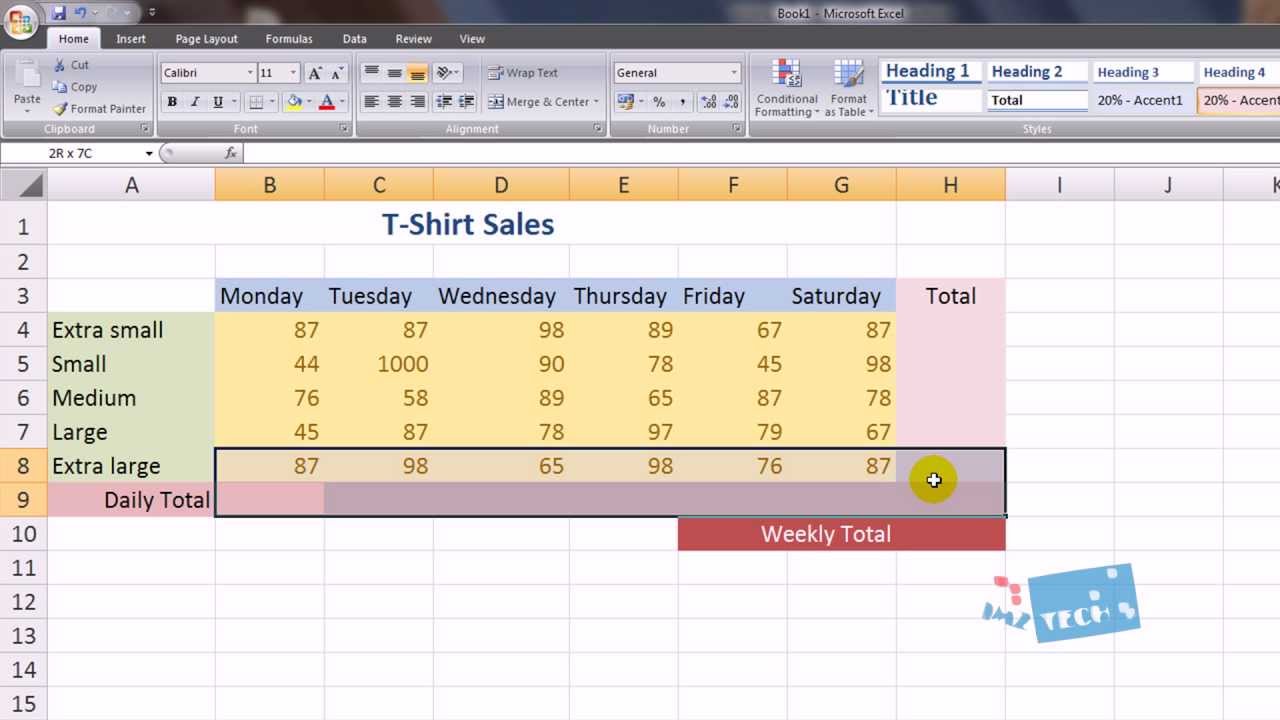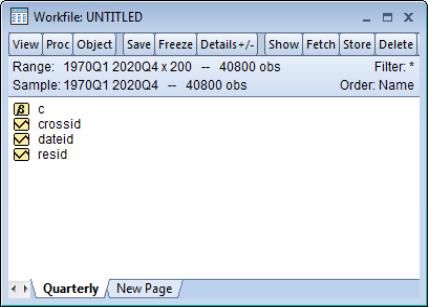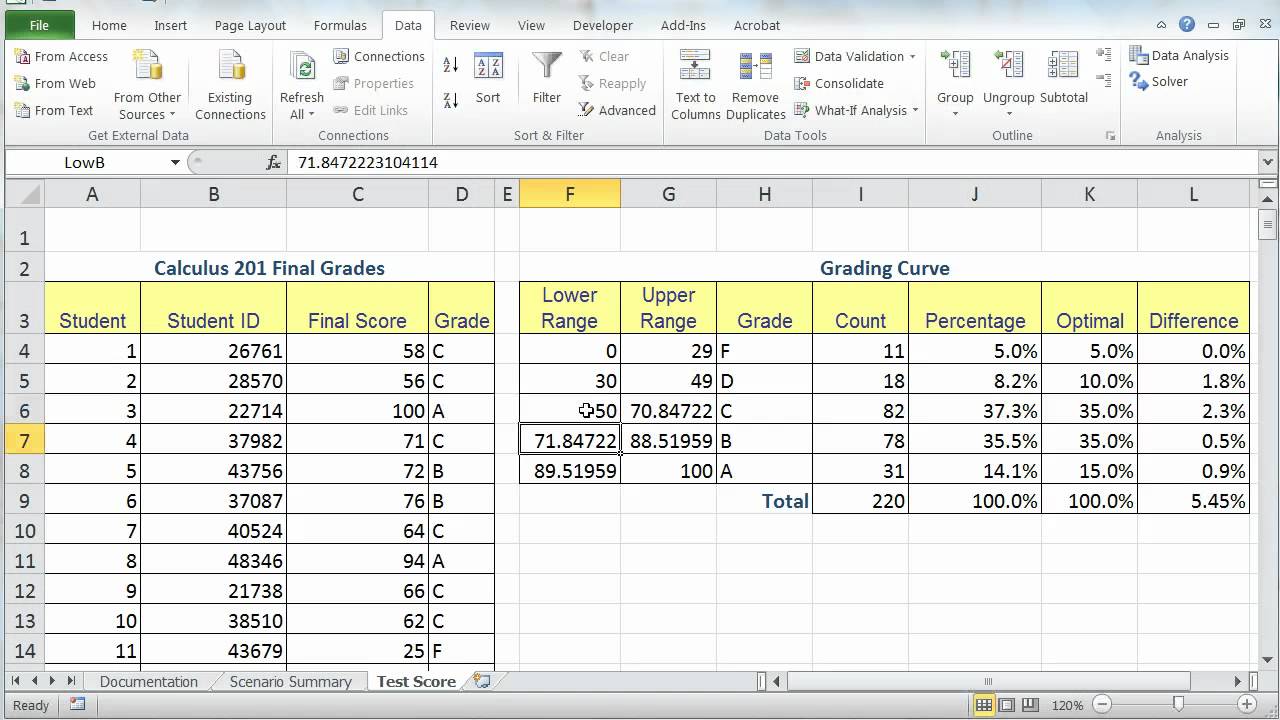Maximize Your Excel 2010: Sheet Count Revealed

Microsoft Excel 2010 remains one of the most robust tools for data management, analysis, and visualization available today. One common question users often have is "How many sheets can Excel 2010 handle?" This post will delve into the maximum number of sheets you can have in an Excel workbook, explore why this limit exists, and discuss ways to manage large datasets within these constraints.
Understanding Excel 2010 Sheet Limitations

Excel 2010 significantly improved upon previous versions regarding workbook flexibility and capacity. Here are some key facts about Excel 2010’s workbook limits:
- Maximum Sheets: Excel 2010 can accommodate up to 255 sheets in a single workbook.
- Sheet Size: Each sheet can have a maximum of 1,048,576 rows and 16,384 columns (A:XFD).
- Total Cells: Given the above dimensions, this means you can potentially manage over 43 billion cells per workbook.
💡 Note: The actual number of usable sheets might be less due to memory constraints and hardware capabilities of your computer.
The Importance of Sheet Limits

Why does Excel have a limit on the number of sheets?
- Performance: More sheets increase the memory footprint of the file, which can slow down operations, especially when dealing with complex formulas or large datasets.
- File Size: Each additional sheet adds to the file size, making it cumbersome to manage or share.
- User Interface: Excel’s UI can become cluttered with an excessive number of sheets, reducing productivity.
Strategies to Maximize Sheet Usage

Here are some tips and tricks to make the best use of Excel 2010’s sheet limits:
- Consolidation: Use fewer, but more comprehensive sheets. Combine data from multiple sheets into one using functions like
ConsolidateorVLOOKUP. - Data Segmentation: Break your data into logical chunks. Use different sheets for different data categories or time periods.
- Use of Tables: Convert ranges into tables for dynamic data management, which can make handling large datasets more manageable.
| Method | Advantages | Considerations |
|---|---|---|
| Consolidation | - Easier to manage - Reduces the number of sheets - Improves performance | - May require complex formulas or setup - Potential loss of detail if not done right |
| Segmentation | - Keeps data organized - Easy navigation - Allows for project-specific sheets | - Could lead to more sheets - Might need additional organization for overview |

Advanced Management Techniques

To go beyond the sheet limitations, here are some advanced Excel features:
- External References: Link data from other workbooks to avoid using multiple sheets within one workbook.
- Power Pivot: An Excel add-in that allows you to manage very large datasets across multiple workbooks by creating data models.
- Using Macros: Automate tasks like copying data from one sheet to another, or creating new sheets based on dynamic data.
📚 Note: Learning Power Pivot or VBA can significantly enhance your Excel capabilities but does come with a learning curve.
Final Thoughts on Excel’s Limitations

In this post, we’ve covered why there are limits to the number of sheets in Excel 2010 and how you can work within these limits to manage your data effectively. Excel’s sheet capacity, while seemingly restrictive, encourages better data organization and efficiency in data handling. By understanding and using the tools and strategies outlined, you can maximize productivity while keeping within the bounds of Excel’s architecture. Remember, even within limitations, Excel remains a versatile tool, offering numerous solutions for your data management needs.
Can I increase the sheet limit in Excel 2010?

+
No, the maximum number of sheets in Excel 2010 is fixed at 255. You can, however, manage your data more efficiently to work within this limit.
What if I need more than 255 sheets?

+
If your needs exceed this limit, consider using external references to link data from multiple workbooks, or utilize tools like Power Pivot or macros for data management.
Does Excel 2013 or later versions have a higher sheet limit?

+
Yes, from Excel 2013 onwards, Microsoft increased the maximum sheet limit to around 1,048,576 sheets per workbook.
Can performance be affected by having many sheets in Excel 2010?

+
Absolutely, the more sheets you have, the more resources Excel will consume, potentially slowing down operations or even causing Excel to crash.
What are the practical limits for Excel sheets?

+
Even though Excel 2010 supports up to 255 sheets, practical limitations depend on your hardware’s memory, CPU, and the complexity of your data and formulas. Usually, maintaining under 50-100 sheets is more practical for most users.



